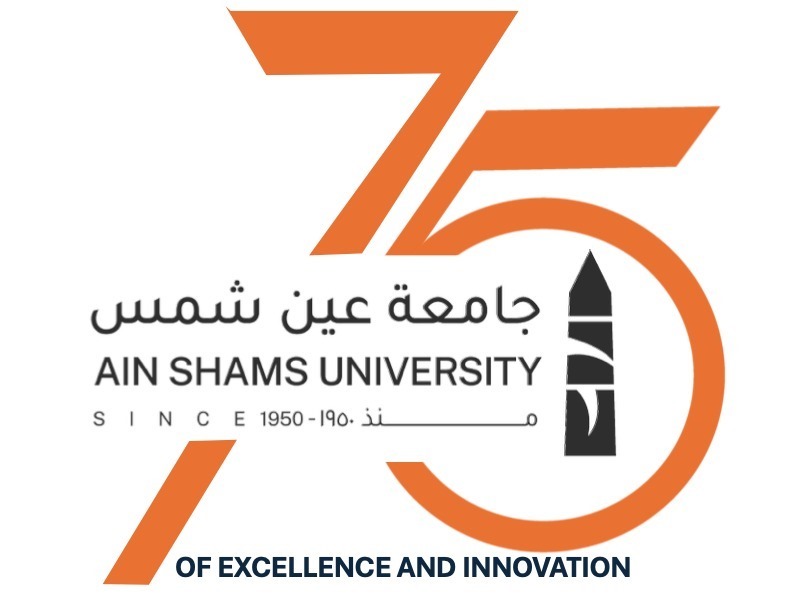Master of Science in Applied mathematics
2021-10-25Math. 621 Gas Dynamics
Fundamentals of Gas flow: isotropic flow of a perfect gas - Acoustic wave equation - Two-dimensional flow, characteristics of gas flow problems, method of characteristics - Unsteady fluid flow processes - Wave diagrams, Shock - Expansion theory, Rankine-Hugoniot equations - Oblique shock waves - Prandtel-Meyer theory.
Math. 622 Conduction Theory of Solids
Quantization of lattice vibrations - The density of phonon states and specific heat calculations - Scattering of thermal neutrons by a vibrating crystal lattice - Three-phonon interactions and calculation of thermal conductivity - Quantum theory of the interaction of lattice vibrations with electromagnetic radiation - The effective-mass theorem - The electron Boltzmann transport equation - Transport coefficients in the absence and presence of a magentic field.
Math. 623 The Theory of Elasticity
Some important applications in the theory of elasticity.
Math. 624 Numerical Methods in Fluid Dynamics
Compressible Navier-Stokes equations: stress tensor and viscosity – Continuity - Momentum and energy equations - Computational techniques: finite differnce, control volume approach - Neumann analysis - Numerical solutions for incompressible N.S. equations - Verticity-Strean function approach - Semi-implicit method - Numerical methods for compressible N.S. equations: Macormach method - Shock coptering method - Split coefficient method - Numerical methods in turbulent flow: Numerical simulation of turbulence - Space closure theory.
Math. 625 Quantum Theory of Light, Electromagnetic Theory, Theory of Stability The student chooses one of the following:
(a) Quantum Theory of light: Quantization of the electromagnetic fields – Interaction of radiation and atoms – Radiation processes (spontaneous, stimulated) and decay rates – Weisskopf – Wigner theory of spontaneous emission – Jaynes cummings model of the micro maser – Operator reaction field theory – Master equation approach in quantum optics – Optical bistable model.
(b) Electromagnetic Theory: Bessel function and its integral representation – The Hankel function and its integral representation – Recursion formulas – The half-circuit relations of the Hankel functions – Elements of Fourier analysis – Hankel transforms of the derivatives of a function – Relation between Hankel transforms and Fourier transforms.
Introduction of the Hertz dipole – Integral representation of the primary stimulation – The vertical antenna over an arbitrary earth - Particular integral corresponding to the source – Triple Fourier integral representation – Somerfield’s integral representation – Weyl’s formulation.
(c) Theory of Stability: Stability methods used for solving problems - Stability of homogeneous medium, taking into account the self-gravitating force effect – Rotation - Stability of finite layer - Stability of superposed fluids under different acting forces - Rayleigh-Taylor stability - Jets: capillary stability of full fluid jet, hollow jet and annular jet. - Compound liquid jet with the effects of electrodynamic force and/or Lorentz force - Other models with viscosity or not resistivity.


.svg)
